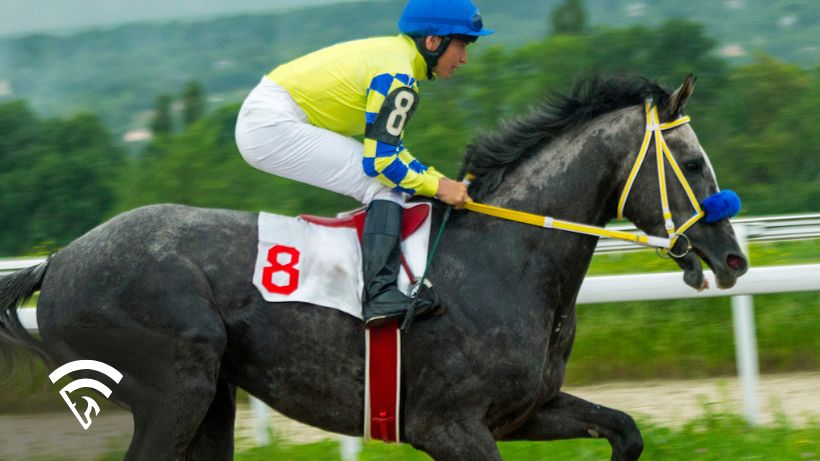What is a Sharp Work Pattern?
A sharp work pattern refers to a series of recent, high-quality workouts that suggest a horse is in peak physical condition and ready to perform well in an upcoming race. Handicappers often study workout patterns as clues to a horse’s fitness, focus, and trainer intent, especially when evaluating horses returning from layoffs, making their debut, or switching surfaces.
A “sharp” pattern doesn’t just mean fast times; it’s about consistency, placement, and context.
Key Elements of a Sharp Work Pattern
- Recent bullet works: A workout ranked first out of many horses at that distance on a given day can indicate sharpness.
- Steady progression: A series of works spaced 5–7 days apart, gradually increasing in distance or speed, often points to a well-managed training cycle.
- Strong final drill: A quick, purposeful work just before race day suggests readiness.
- Workouts over today’s surface: A sharp move over the same surface and track as the upcoming race can be especially meaningful.
- Pairing fast times with strong gallop-outs: Not just how fast the work was, but how the horse finished and whether it continued with energy after the wire.
Why Sharp Work Patterns Matter
Workouts are often the only insight into how a horse is performing behind the scenes. This is especially helpful when:
- Evaluating a first-time starter
- Assessing a horse returning from a layoff
- Trying to interpret trainer intent
- Differentiating between multiple contenders in a well-matched field
Some trainers are known for tipping their hand through strong works, while others train more subtly. Knowing the habits of specific barns can help interpret the signals more accurately.
Where to Find Workout Data
You can find workout reports in past performance programs, track reports, and handicapping platforms. Look at location, distance, surface, time, and ranking. Notes such as “handily” (H) or “breezing” (B) give more color to how the horse moved.
Final Thoughts
Spotting a sharp work pattern takes practice, but it can give you an edge, especially in races where form is hard to read or when trying to beat a vulnerable favorite. Look beyond the last race and see what the horse has been doing in the mornings.
Want to factor sharp workouts into your handicapping routine? Sign up for EquinEdge and start uncovering insights the public might miss.
